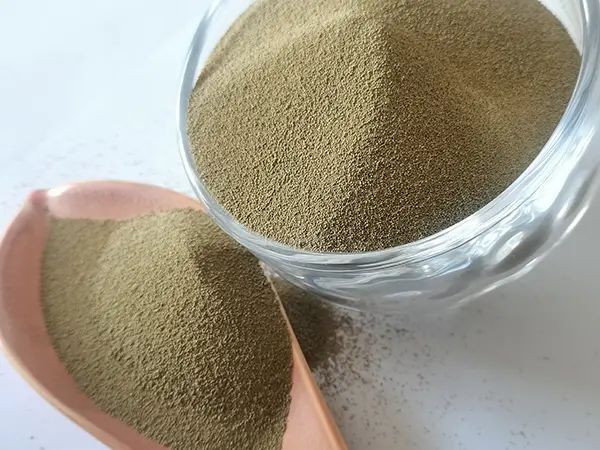Rapid Sand Casting Revolutionizing Metal Casting Processes
Rapid sand casting is an innovative casting technique that has gained significant attention within the manufacturing industry. It combines traditional sand casting methods with modern advancements in technology to create a faster, more efficient way to produce metal components. This article delves into the fundamentals of rapid sand casting, its advantages, challenges, and applications in various sectors.
The Basics of Sand Casting
Sand casting is one of the oldest metal casting processes, where molten metal is poured into a mold formed by sand. The mold captures the shape of the object to be created, cooling and solidifying the metal into that shape. Traditional sand casting is known for its versatility and suitability for a wide range of metals, such as aluminum, iron, and steel. However, the process is often time-consuming due to the manual labor involved in sand mold preparation, which includes pattern making, mold assembly, and finishing.
The Emergence of Rapid Sand Casting
Rapid sand casting emerged as a solution to the limitations associated with traditional sand casting. By leveraging modern technologies like computer-aided design (CAD), 3D printing, and advanced mold materials, manufacturers can significantly reduce lead times and improve overall efficiency. Rapid sand casting utilizes 3D printing technology to create accurate molds quickly, allowing for quick iterations and modifications based on design changes.
The rapidity of this process does not come at the cost of quality. In fact, the precision of 3D-printed molds results in better dimensional accuracy, enhanced surface finishes, and fewer defects. This makes rapid sand casting particularly attractive for industries requiring short production runs and highly customized parts.
Advantages of Rapid Sand Casting
1. Reduced Lead Times One of the most compelling advantages of rapid sand casting is the significant reduction in lead times. Traditional methods often take weeks to prepare molds, whereas rapid processes can produce molds in a matter of days, or even hours.
2. Cost-Effective Prototyping For companies looking to develop prototypes, rapid sand casting offers a more economical solution. The ability to quickly produce and modify molds means that companies can test designs more aggressively without incurring exorbitant costs.
rapid sand casting

3. Increased Flexibility The integration of 3D printing in sand casting allows for the production of complex geometries and intricate designs that would be challenging to achieve with traditional methods. This flexibility supports innovation and custom design efforts.
4. Sustainability Rapid sand casting often utilizes sand that can be reused multiple times, contributing to more sustainable manufacturing practices. Additionally, the precision of the process minimizes waste generated during production.
5. Enhanced Quality With the elimination of manual processes and the implementation of precise technologies, the overall quality of cast products improves significantly, resulting in fewer defects and better performance of finished goods.
Challenges of Rapid Sand Casting
While rapid sand casting presents numerous benefits, it is not without its challenges. The initial setup costs for 3D printing technologies and advanced mold materials can be high, which may deter smaller manufacturing firms. Additionally, the technology is still evolving, and standardization within the industry is needed to assure compatibility and quality across different production methods.
Moreover, the reliance on digital designs means that a high level of expertise in CAD and digital modeling is essential. This may necessitate additional training for workforce personnel, impacting the overall time and cost savings associated with the process.
Applications in Various Sectors
Rapid sand casting has found applications across various industries, including automotive, aerospace, and medical devices. In the automotive sector, for instance, manufacturers use this method to produce lightweight components that contribute to fuel efficiency. In aerospace, parts that meet stringent safety and performance standards can be prototyped and produced with greater agility. The medical sector benefits from the ability to customize implants and devices tailored to individual patient needs.
Conclusion
Rapid sand casting is a transformative technique that enhances traditional sand casting processes. With its ability to reduce lead times, improve quality, and provide design flexibility, it is poised to revolutionize the way manufacturers approach metal casting. As technologies continue to evolve, the potential applications and benefits of rapid sand casting will likely expand, cementing its role in the future of manufacturing. As industries strive for efficiency and innovation, rapid sand casting provides a viable path forward, merging the best of traditional methods with the advancements of modern technology.
Post time:Ara . 10, 2024 11:09
Next:can you sand a 3d print
